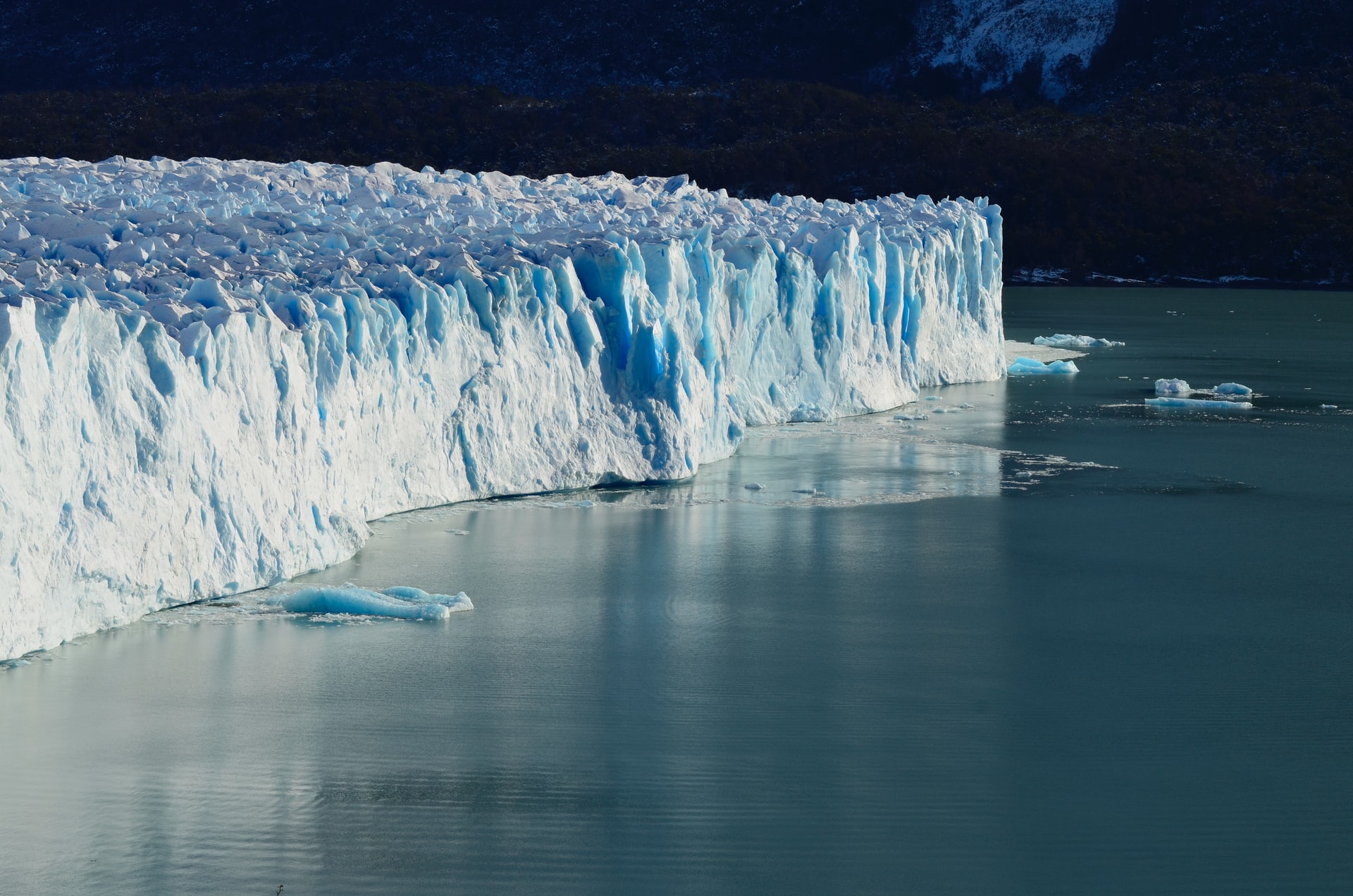Current climate change trends point to more flooding in some areas and more drought in other areas. There’s ever more pressure on utilities to produce less greenhouse gas and to be more energy-efficient, WWTPs still in the planning stage will do well to embrace these trends in their designs. Certain adjustments to existing processes are also possible for plants already in operation. In this article, we’ll look at how changing climate conditions can affect new plants and what they must consider to lessen the impact on their future operation. We’ll also see how existing plants can adapt to these trends.
Transcend Water’s Transcend Design Generator predicts carbon footprint, energy usage, and the impact of feedwater volume changes for new plant designs, as well as considering the effect of process changes for existing plants.
What are the Major Changing Trends in Climate?
Some areas will likely experience more frequent and severe flooding, and others may see unusually dry conditions. Temperature changes could result in snow and ice where it’s been rare or less severe winters in others.
Increasing amounts of stormwater can overwhelm existing processes. WWTPs remove most of the contaminants in normal feedwater volumes. It doesn’t take much of a release of untreated water to significantly degrade the plant’s performance. When this happens, the result is not pretty but the visible parts of the untreated release contain little of the most egregious contaminants.
Plants experiencing droughts can employ water reuse (recharging aquifers) to lighten the industrial and agricultural draws on potable water sources.
Impact of Climate Change on WWTP Design
Here are some of the climate-change factors that a WWTP design should consider. Of course, it will be necessary to study the climate trends developing for a particular site to try to predict the conditions that could affect the plant’s operation during its lifetime.
- Stream flow volumes may fluctuate more.
- There will likely be more corrosion in sewage gathering systems and some processes with warmer feedwater. This could impact the choice of materials to be used.
- There may be more seasonal fluctuation in turbidity and organic activity.
- Warmer feedwater could result in increased algae growth.
- Warmer temperatures will require more attention on odor control.
- When stream flows are lower, streams will be more environmentally sensitive.
- Higher feedwater temperatures will increase dissolved minerals.
Transcend Water’s wastewater treatment software, the Transcend Design Generator, can help your design your plant to address these eventualities.
Significant Effects of Feedwater Overload in Existing WWTPs
Usually, the most sensitive area is biological treatment and hydraulics.
With secondary sedimentation capacity challenged, the plant may release more suspended solids. A solution to this can be dosing a small amount of polymer as the water enters the secondary stage. Anionic or cationic polyacrylamides can be chosen, depending on sludge characteristics. To prevent activated sludge from being flushed away, it may be necessary to bypass some of the secondary feedwater.
Where the stormwater can be separated from the feed water to the plant, it can be routed through a bypass, not overloading the treatment processes
In more severe flooding, it may even be necessary to bypass some of the primary feedwater. Again, chemical treatment can assist. Adding coagulants and flocculants can make it easier to remove suspended solids.
What About Drought Conditions?
WWTPs in other areas may face the opposite problem, that of drought. Water reuse, or water recycling, can improve overall water supply by using WWTP effluent to recharge the aquifer, preventing saltwater intrusion and supporting agriculture and industry. This limits the draw on other sources feeding potable water treatment plants.
In drought conditions, people’s use of tap water can be restricted, while the waste added to their sewage remains pretty constant. This means more concentrated contaminants in WWTP feedwater. Transcend’s Design Generator can help plant operators evaluate options for better treatment of more concentrated feedwater contamination.
For water reuse, membranes are the ideal technology To prevent membrane fouling, inorganic coagulants such as iron salts are usually the best answer. If flocculants are necessary, using them in very low concentrations can avoid blockages.
Transcend Water has built the Transcend Design Generator to automate the process of wastewater treatment design, including electrical, chemical, civil, mechanical, architectural, process, control and automation considerations. This tool will assist in designing WWTPs that accommodate coming climate change to the degree that input parameters are adjusted in accordance with the environmental changes that occur.
The Design Generator can assist the utility striving to cope with changing conditions. The existing site information, including the locations and size of tanks and other process elements, can be loaded into the Design Generator, enabling it to suggest changes that will fit the site and the processes in place.
To learn more about Transcend Water’s solutions to your wastewater treatment needs, visit their website and contact their wastewater treatment experts.











